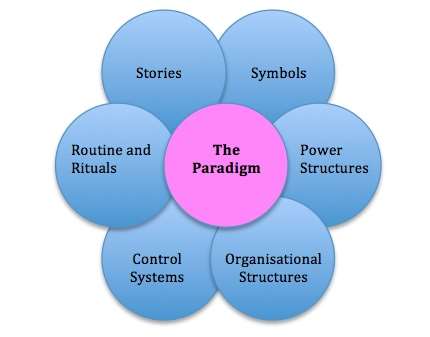The main obstacles to effective organizational performance is already covered in this blog and the ways to overcome them are discussed below.
1. Employees Training and DevelopmentThe hope is that employees who receive training in line with their individual or organizational goals will become more efficient in what they do. Organizations should look at the positive effects of training on employee performance, and consider employee development as a targeted investment into making the front line worker stronger. More importantly, development plans that include “train-the-trainer” (training that trains employees to become trainers of a skill) can provide exponential benefits to the organization.… Read the rest

